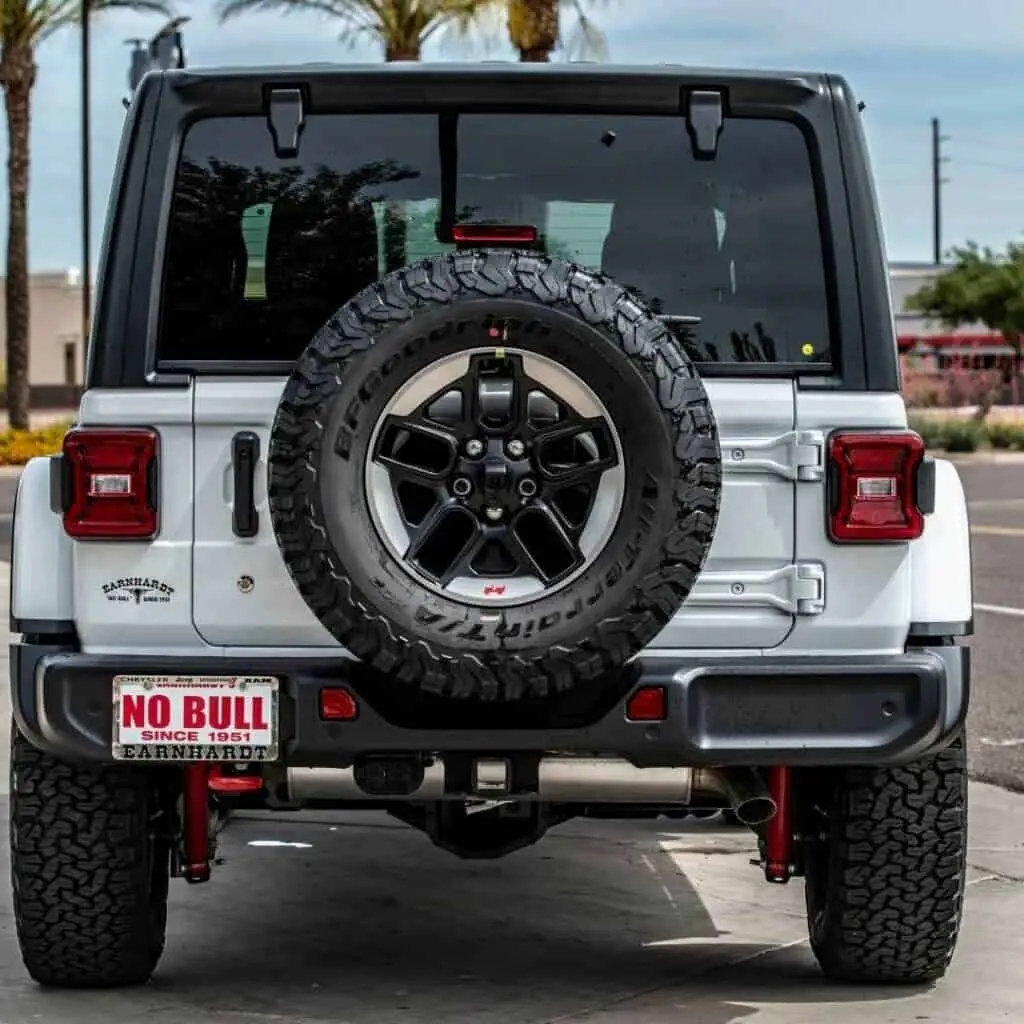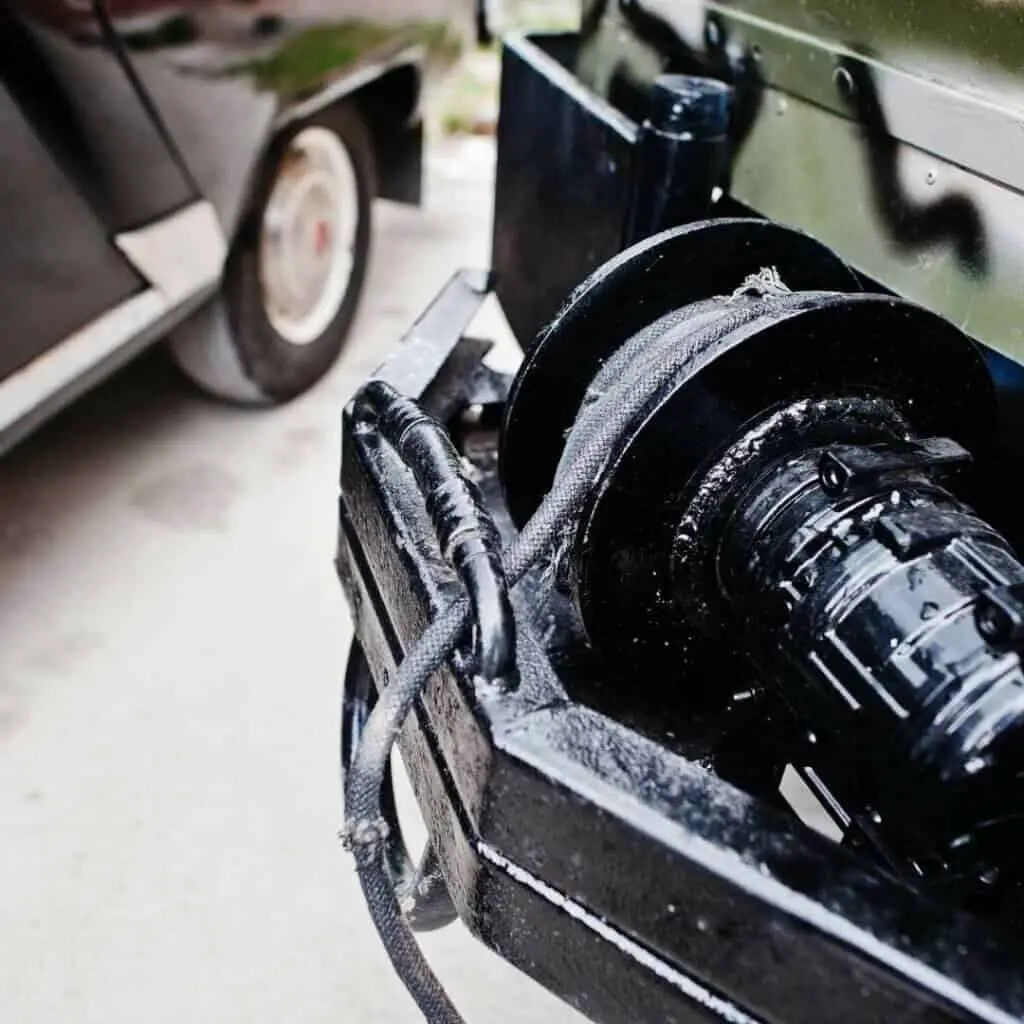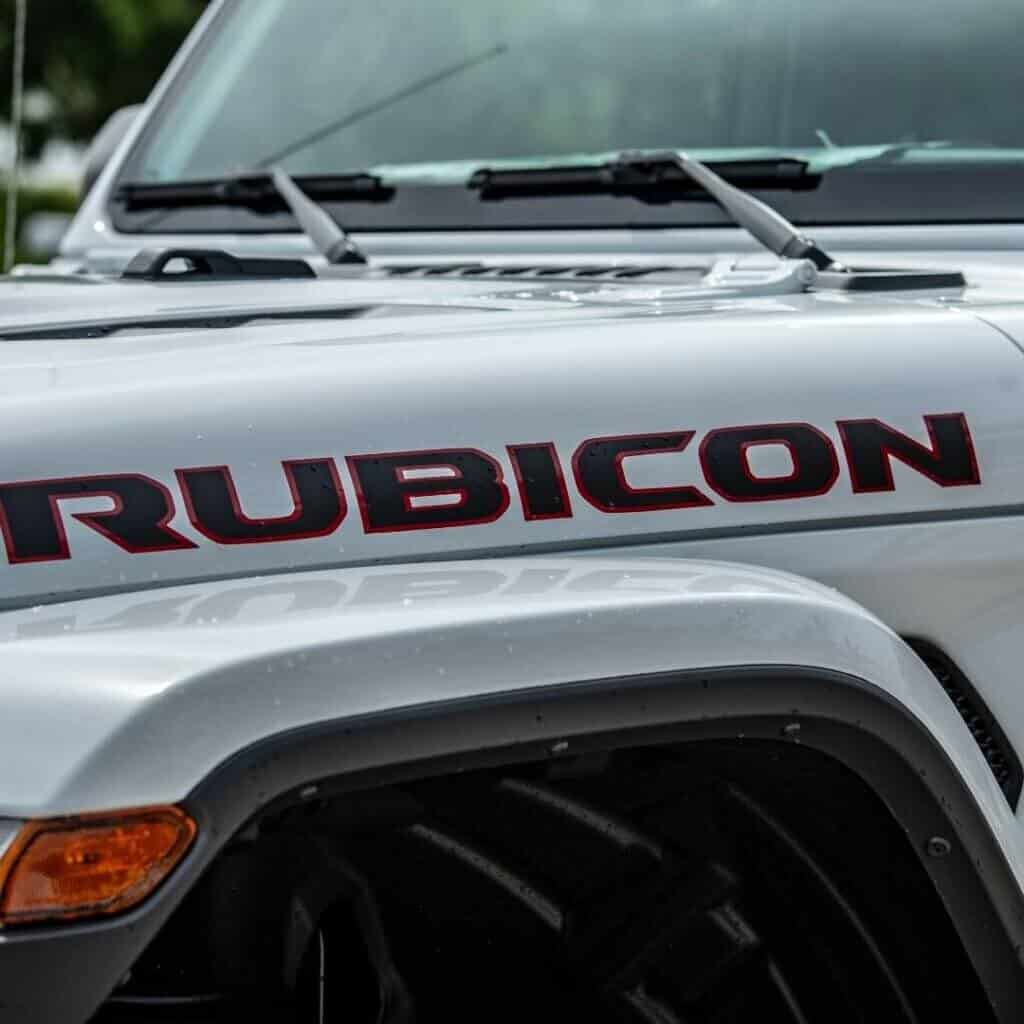The leaf spring system is one of the earliest and most common suspension systems. But why do trucks use leaf springs even today?
The suspension system is one of the vehicle’s most crucial parts components. The system must be designed to manage predicted and unanticipated driving circumstances. The system is one of the major factors determining the kind of car you will eventually buy. Be prepared to sacrifice ride quality, load capacity, cost, space, and durability when selecting suspension solutions.
There are numerous suspension systems available on the market today. Each one works differently and has advantages and disadvantages.
Leaf spring suspension
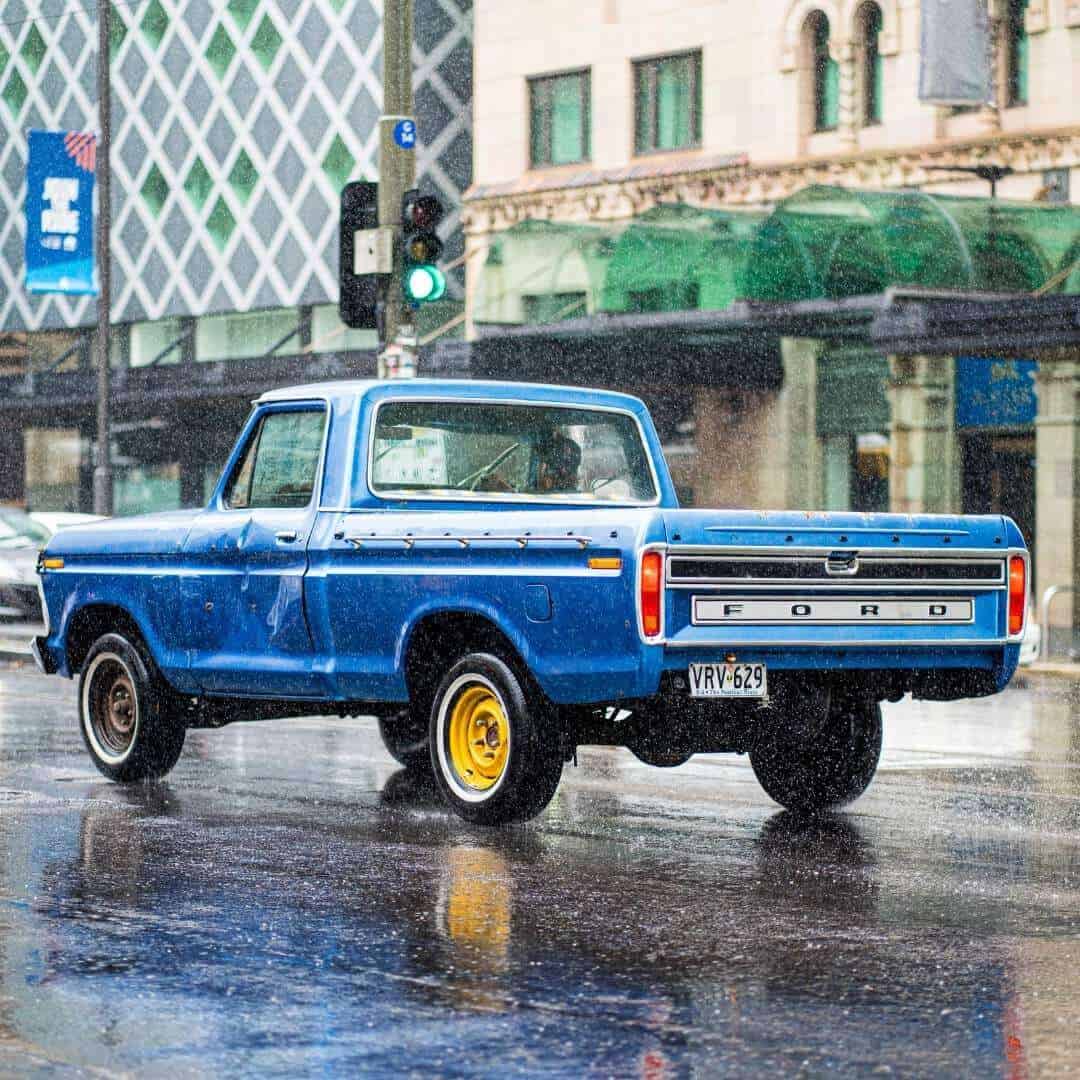
The leaf spring is a critical element of a vehicle’s suspension system. The spring is made up of several layers of blades that vary in size. The longest blade is placed at the top with the others beneath it. Leaf springs are directly linked to the frame, either at both ends or just one.
The latter has a shackle attached to the other end. This is in turn connected to a small swinging arm while the front end is fastened to the frame.
Leaf springs serve as the primary means of ensuring the comfort of the passengers. This is achieved by reducing the vertical vibration brought on by the nonuniformity of the road geometry [1].
What is a leaf spring on a truck?
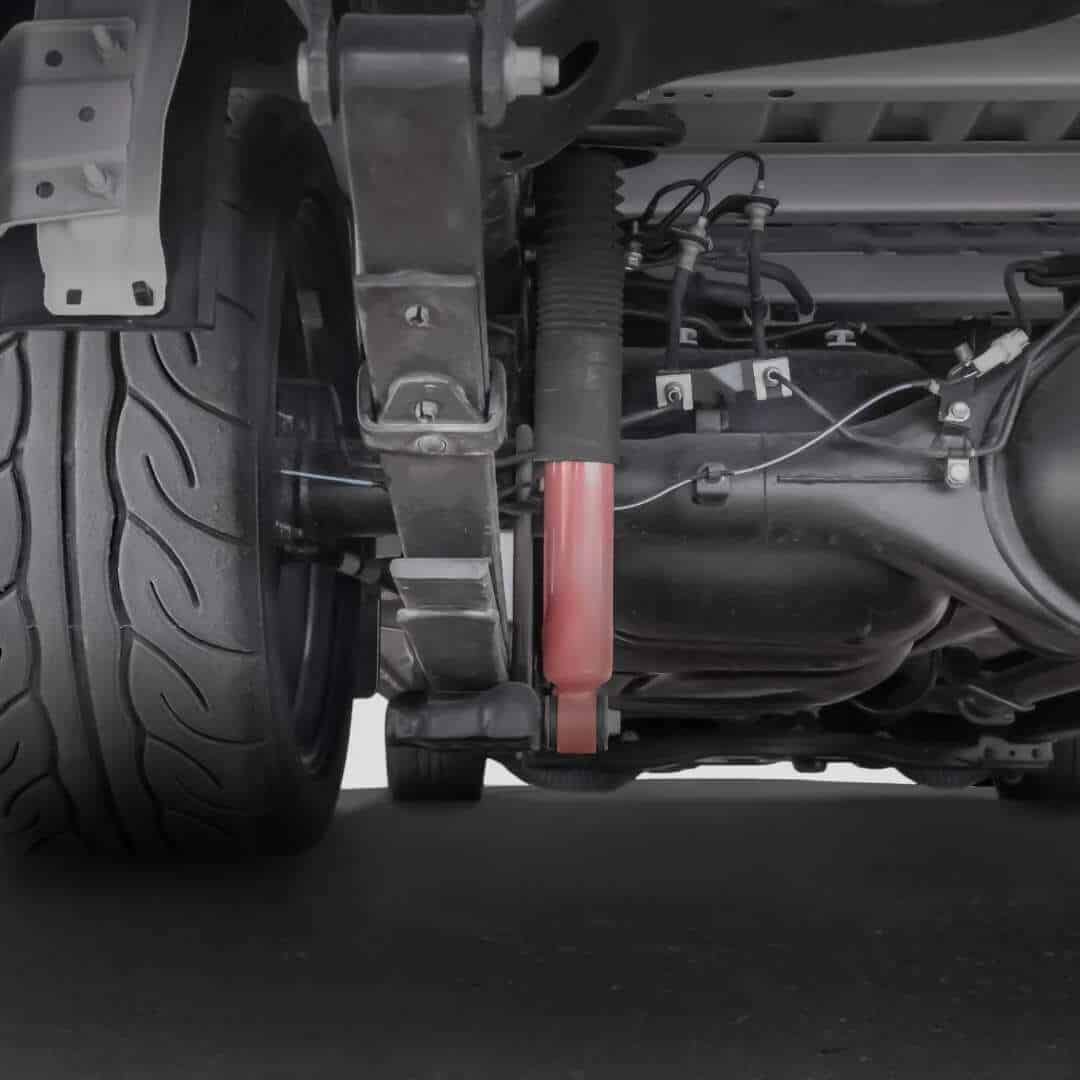
It is a spring made of numerous metal strips clamped together and slightly curving upward. The leaf spring got its name from the leaf because it resembles piling multiple leaves on top of one another.
A leaf spring is a more basic spring utilized in suspension systems across the board in both light and heavy commercial vehicles [2].
These are frequently used for the rear suspension of vehicles. They are occasionally referred to as a semi-elliptical, elliptical, or carriage spring.
As one of the earliest spring forms, the leaf spring first appeared on French trains in the 1970s [3]. However, the best use for leaf springs is in trucks and vans for hauling heavy loads. The leaf spring was commonly coupled to a Hinkle beam ball joint in trucks from the late 1990s to the 2000s.
What are truck leaf springs made of?
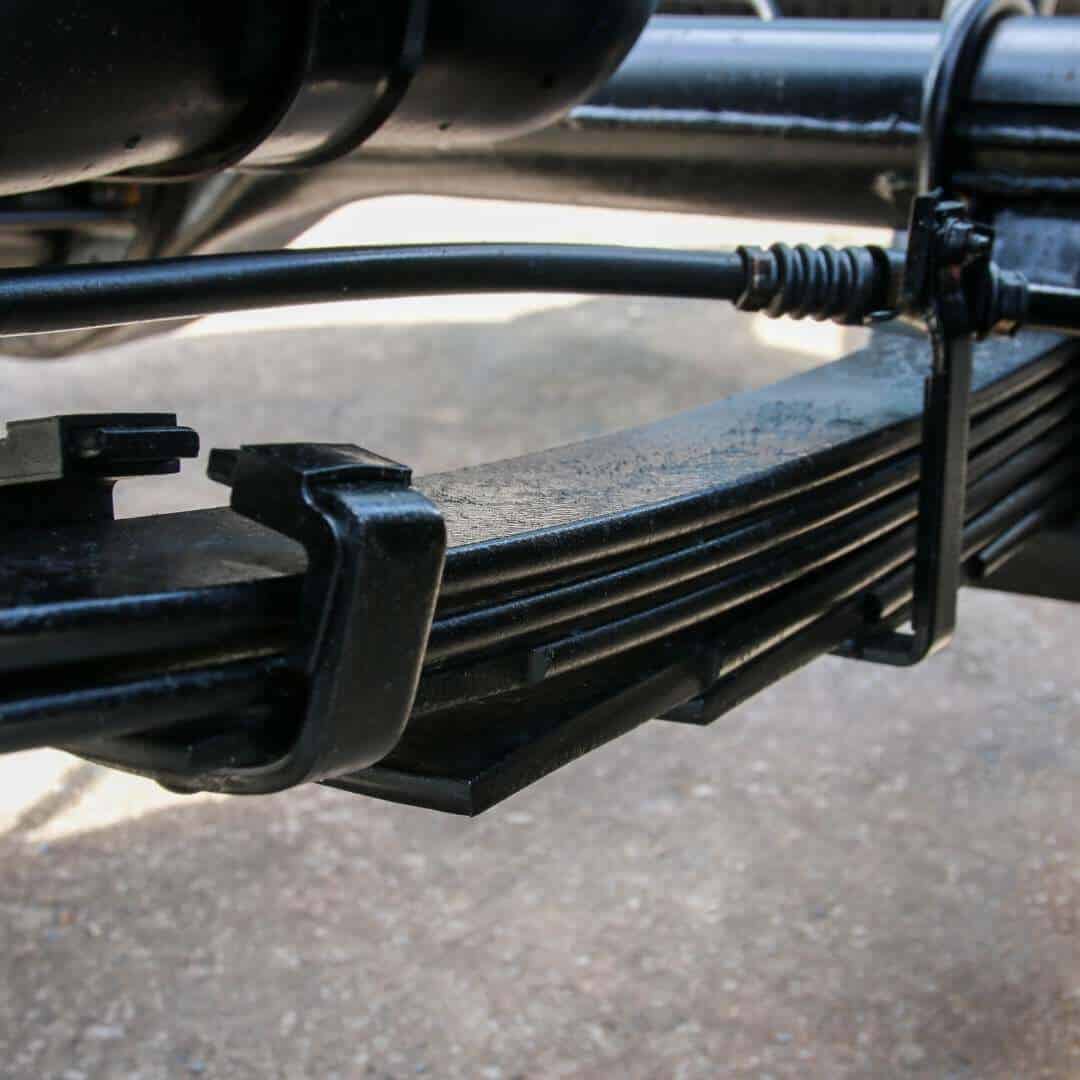
The leaf spring is a fundamental type of suspension comprised of steel layers of various lengths stacked above the other. Most leaf spring assemblies are made into elliptical shapes using spring steel.
These can flex as pressure is applied to either end before returning to their original position through a damping process [5].
The steel is often chopped into rectangular pieces and held together by metal clips at either end and a big bolt in the middle of the leaves. Finally, the suspension is fixed by fastening it to the car’s axle using U-bolts.
A leaf spring configuration has been a reliable alternative for cars for many years, despite currently only being found on heavy goods and military vehicles. The spring steel’s elasticity allows for a pliancy inside the suspension for comfort and control of a car while it is moving.
How do leaf springs work?
https://www.youtube.com/watch?v=S5vZ06x_qRo
The blades, or multiple leaves, make up the leaf spring. The longest blade has eyes on both ends. It is referred to as the master leaf. Steel straps are used to connect each blade to the others.
A U-bolt supports the spring on the axle’s front or back. Simple pins are used to attach one end of the spring to the frame, and shackles are used to connect the other end to the frame [6].
The wheel rises as the car encounters a projection in the road, deflecting the spring. The distance between the spring eyeballs shifts as a result. The spring won’t be able to accommodate this change in length if both ends are fixed.
This is accomplished using a flexible connection provided by a shackle at one end. As a result, the leaf increases its propensity to spring when the restraint is crushed, resulting in a gentle springiness.
Advantages of leaf springs
Leaf springs provide significant support between the wheels, axles, and the car’s chassis because of the sheer metal volume. Due to their tightly woven construction, they can withstand enormous vertical loads, which is why heavy-duty industries continue to utilize them.
Additionally, vertical loading is dispersed along the length of the leaf spring rather than being abruptly applied through a small spring and damper. This results in a concentrated force that is too great for the suspension to withstand [7].
Damping can be a very significant feature of a car. The automobile will wobble and bounce around nicely after striking any bump or pothole in the road if the suspension is underdamped.
Before the invention of the shock absorber, this was a crucial property of cars that employed helical springs. It wasn’t good for the vehicles when they were driven at any reasonable speed.
However, due to the friction between each steel plate, leaf springs fared significantly better with vehicle damping. The friction generated sped up the response time following a vertical bend in the suspension and provided a much more controlled car.
When automobiles were being mass-produced in their entirety, leaf springs were the preferred system to maintain reliability while keeping costs down. This is because they were easy to design and inexpensive to create compared to early springs and dampers.
The simplest type of spring was a monoleaf spring, which distributed vertical stresses evenly. It achieved this by utilizing a single leaf of spring steel tapering from thick in the middle to thin at the edges (known as parabolic leaf springs) [8]. However, the lack of strength in the bar meant that a single leaf configuration could only be employed on very light cars.
Disadvantages of leaf springs
The poor performance of leaf spring setups regarding suspension adjustment is a significant drawback. With today’s adjustable coilovers, it is considerably simpler to alter a suspension configuration for the driving conditions and various driving styles. This is essential in racing and performance car applications.
However, the fact that the ends of the leaf springs are linked to the chassis emphasizes this lack of adjustability in leaf setups. This connection leaves very little room for the leaves to be shortened or extended. Therefore, the strength and flexibility of the material used to construct the leaf springs are the only real means of adjustment [9].
Leaf springs are only intended to move vertically and provide a very limited range of motion. In contrast, a spring and damper combination allows for a much wider range of motion. There is little to no room for movement in any other direction.
This is because leaf springs are tightly held together, connected to the chassis, and clipped to the axle. This can cause wear on the joints and connections holding the unit together.
Compared to an independent suspension layout, this link with a live rear axle can result in dynamic qualities in a car. Such characteristics are what earlier Mustangs were famous for.
The rear axle will bounce around high-speed curves when the suspension and axle are forced to move together. A modern damped system would greatly improve the driving experience.
Due to the steel construction and the small space they are fastened into, leaf springs are significantly stiffer than helical springs. Therefore, ride comfort is not a feature of vehicles that use leaf springs. The resulting discomfort caused their popularity to decline drastically until appropriate dampers were cost-effectively added to regular cars in the 1970s.
Can you add leaf springs to a truck?
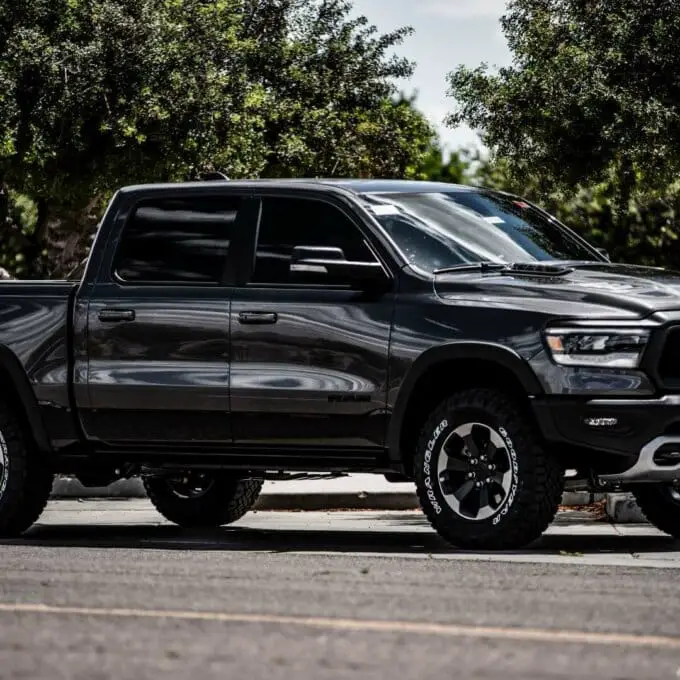
Several techniques boost the suspension’s present load capacity, which is necessary for many applications. The most common approach is to switch out the existing leaf spring for a heavy-duty spring that can support a greater load.
You can add a spring to reinforce your current system rather than changing the existing leaf spring. A second load-bearing spring that improves your suspension system can be supported by many automobiles.
To increase the load capacity, many cars require more leaf springs. When a vehicle is loaded and the back is sagging, it’s clear that it’s not up to bear the load.
Therefore, a second leaf can be added to each rear leaf spring to increase lift and maintain the vehicle horizontal even when the back is fully loaded.[10]
There are two categories of items available on the market to add leaves to the leaf springs underneath a vehicle: add leaf kits and helper springs. By adding a leaf kit, the leaf or leaves are placed at the rear axle of a truck between the pre-existing leaf springs and rebound springs.[11]
Then, the new springs are attached to the existing leaf springs via helper springs.
Do new trucks have leaf springs?
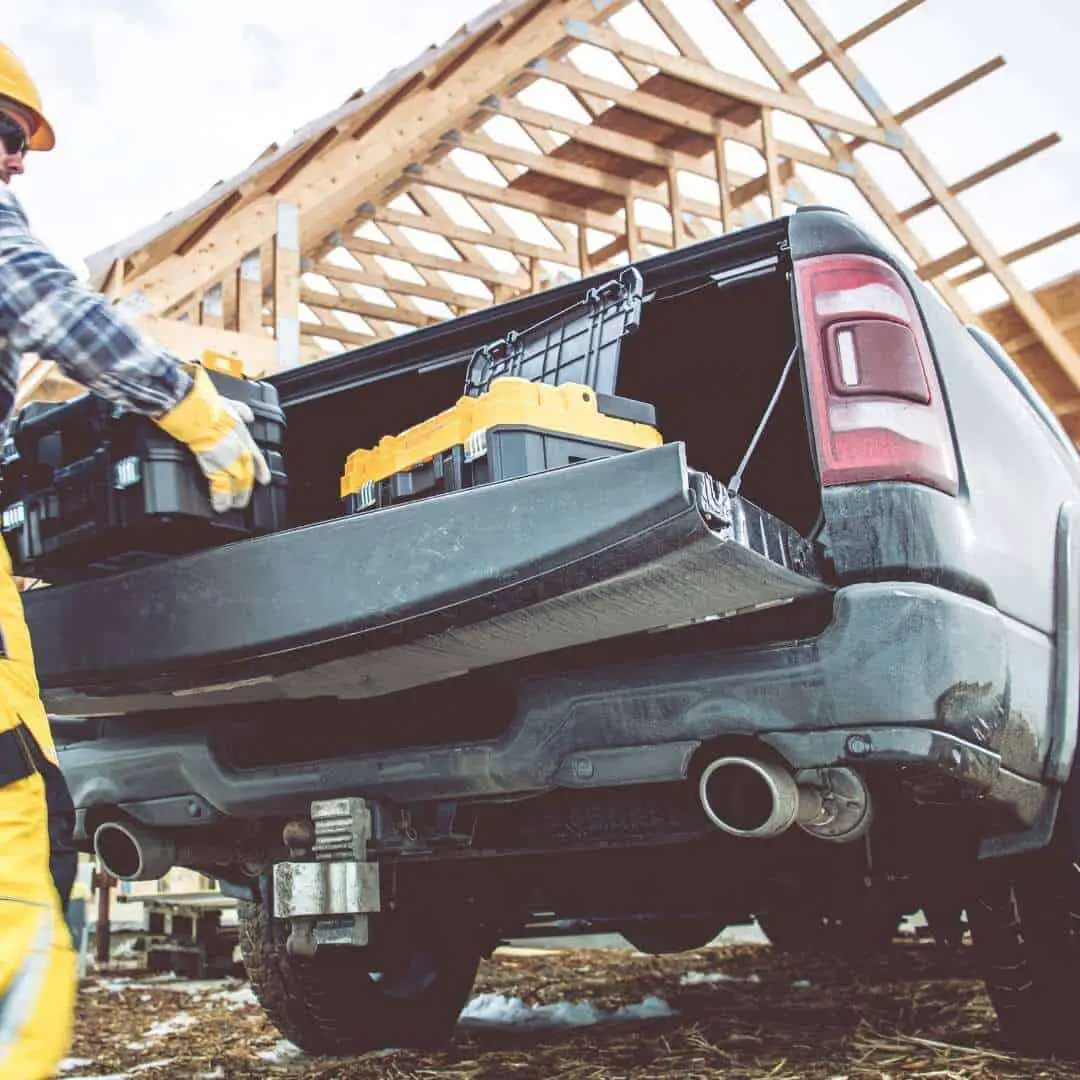
In the past, leaf spring technology was used to construct and design early horseless carriages. This configuration persisted until the 1970s when front-wheel-drive cars switched to coil springs. Since then, heavy-duty cars created for more industrial uses have continued to feature the cherished leaf spring. Trucks, vans for the workplace, and other similar vehicles fall under this category.
These springs must possess some kind of strength or magical abilities, given their immense power and impact on history and heavy-duty vehicles, right? They do, at least concerning the analogy with a coil spring.
The numerous mounting points on the chosen spring types enable the suspension to disperse the load over a larger portion of the vehicle chassis, unlike a coil spring with a single point of concentration throughout [12].
When evaluating the advantages and disadvantages, leaf springs are, without a doubt, the best option. This comes as no surprise, given their many benefits for cars that depend extensively on towing heavy loads.
The winning springs are also excellent at keeping the rear axle in place, which contributes to the suspension system’s overall simplification. This will assist in reducing the weight and price of the spring. In addition, leaf springs, which provide a far more thoughtful solution than a coil spring, support necessary use in vehicles with a utility-based design.
Read Also: Are Jeep Interiors Waterproof
Final word
To sell more cars, automakers construct their vehicles to satisfy the requirements of as many individuals as possible. Most SUVs will therefore have independent front and rear suspensions for a more comfortable driving experience. A solid rear axle is a minimum requirement for heavy-duty vehicles, and Ford and Ram HDs also have a solid front axle.
The majority of HD vehicles use rear leaf springs. The Land Rover Discovery, Jeep Grand Cherokee, and Ram 1500 Rebel are examples of luxury vehicles and some manufacturer off-roaders that include air suspension with adjustable ride height.
When choosing a new vehicle, carefully analyze how it will be used. Then, select the suspension system that will be most effective in those situations. That can drastically reduce your options. The suspension system should be a major consideration in buying a new or used car. However, it probably won’t be the decisive factor.
Read Next: Best 33 Inch Tires for Jeep Wrangler

